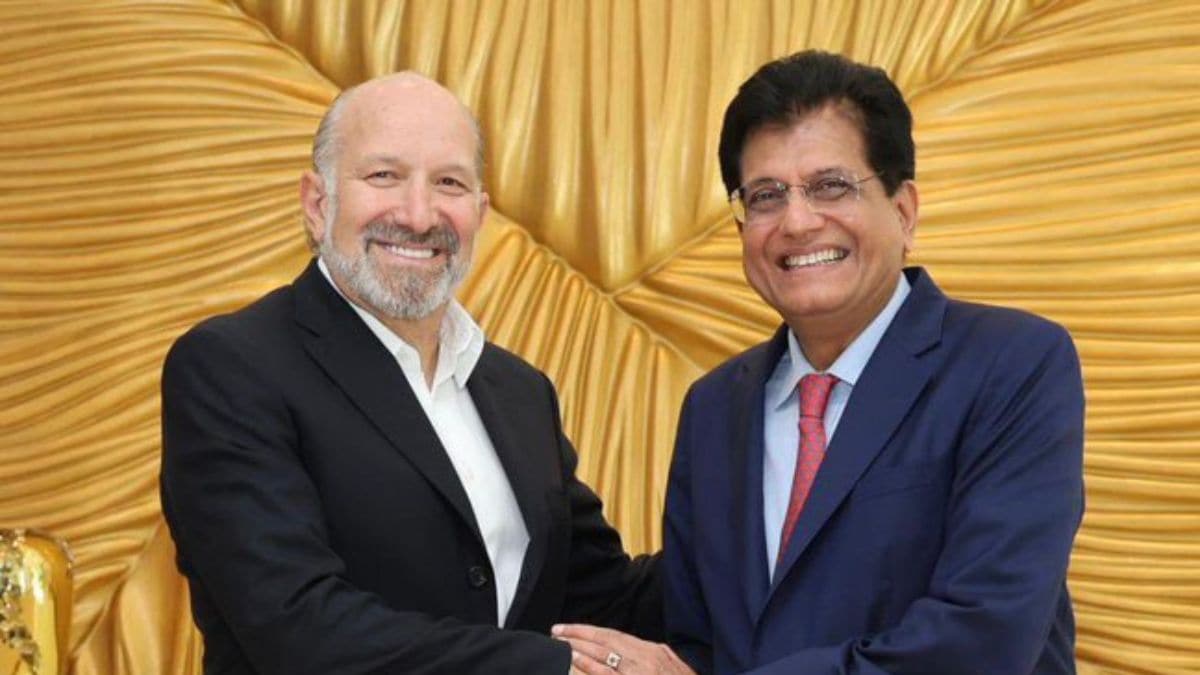

Building upon recent diplomatic efforts, Union Commerce Minister Piyush Goyal met with US Commerce Secretary Howard Lutnick to accelerate progress on the proposed India-US Bilateral Trade Agreement (BTA). The meeting, held during Goyal's four-day visit to Washington D.C. which began on May 17, 2025, underscores the commitment from both nations to strengthen economic ties and resolve outstanding trade issues.
Goyal's visit follows Vice President JD Vance's trip to New Delhi last month and Prime Minister Narendra Modi's US visit in February, where both countries set an ambitious goal of finalizing the initial phase of a trade pact by the fall of 2025 and increasing bilateral trade to $500 billion by 2030, dubbed "Mission 500". These high-level interactions highlight the strategic importance both governments place on deepening the economic partnership.
The discussions between Goyal and Lutnick, along with engagement with US Trade Representative Jamieson Greer, are focused on key areas such as market access, rules of origin, and non-tariff barriers. Negotiators from both sides are scheduled to meet from May 19 to 22 to iron out specific details. Both nations have already started sector-specific talks to address the aforementioned issues, with the proposed agreement encompassing 19 chapters, including tariffs, services, customs facilitation, and non-tariff barriers. The US, however, continues to voice concerns regarding India's non-tariff practices that they claim impede US exports.
The current dialogue occurs against the backdrop of a 90-day pause on retaliatory tariffs, which followed the US decision on April 2 to temporarily suspend its additional 26% tariffs on specific Indian goods until July 9. Even with the temporary tariff reprieve, a 10% baseline tariff remains in effect. It is expected that Indian officials will utilize this period to seek leverage in the BTA negotiations.
India is advocating for duty reductions on labor-intensive sectors like textiles, gems and jewelry, leather goods, shrimp, oil seeds, grapes, and bananas. Conversely, the US is seeking concessions in industrial goods, electric vehicles, dairy products, wines, petrochemicals, and agricultural items like apples and tree nuts.
With the US being India's largest trading partner, and bilateral trade reaching $131.84 billion in 2024-25, the stakes are high for these discussions. India held a trade surplus of $41.18 billion with the US in 2024-25. The US accounts for roughly 18% of India’s goods exports and over 10% of its overall merchandise trade. India's exports reportedly rose 11.6 percent to USD 86.5 billion, while imports rose 7.4 percent to USD 45.3 billion in 2024-25, resulting in a higher trade surplus of USD 41 billion. This surplus has been a point of contention, prompting the US to seek greater market access for its goods. Both countries are aiming to avoid fresh tariff escalations and strengthen economic ties under President Trump's administration.
Commerce Secretary Sunil Barthwal stated that negotiations for the proposed BTA between India and the US are progressing "very well." India and the US are exploring the possibility of an interim trade arrangement focused on goods to secure "early mutual wins" before finalizing the broader BTA, with the first phase targeted for completion by the fall of 2025.